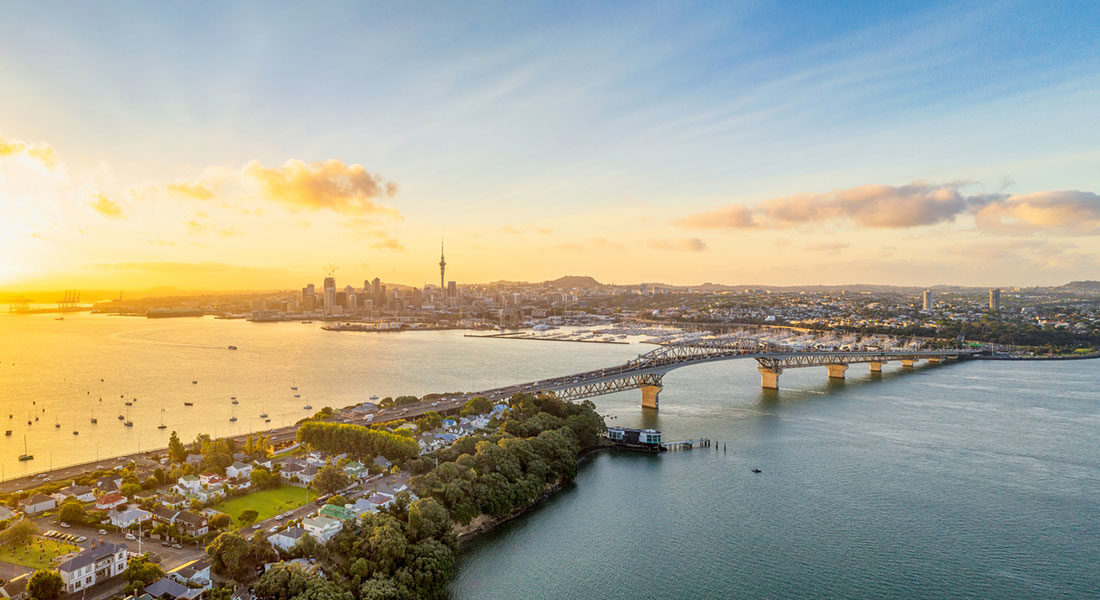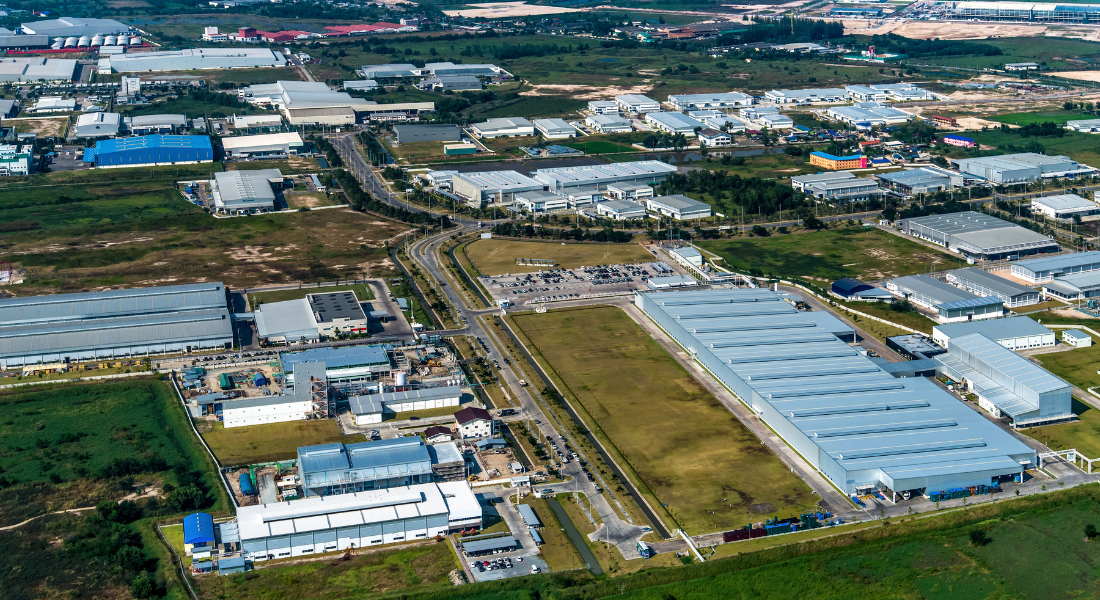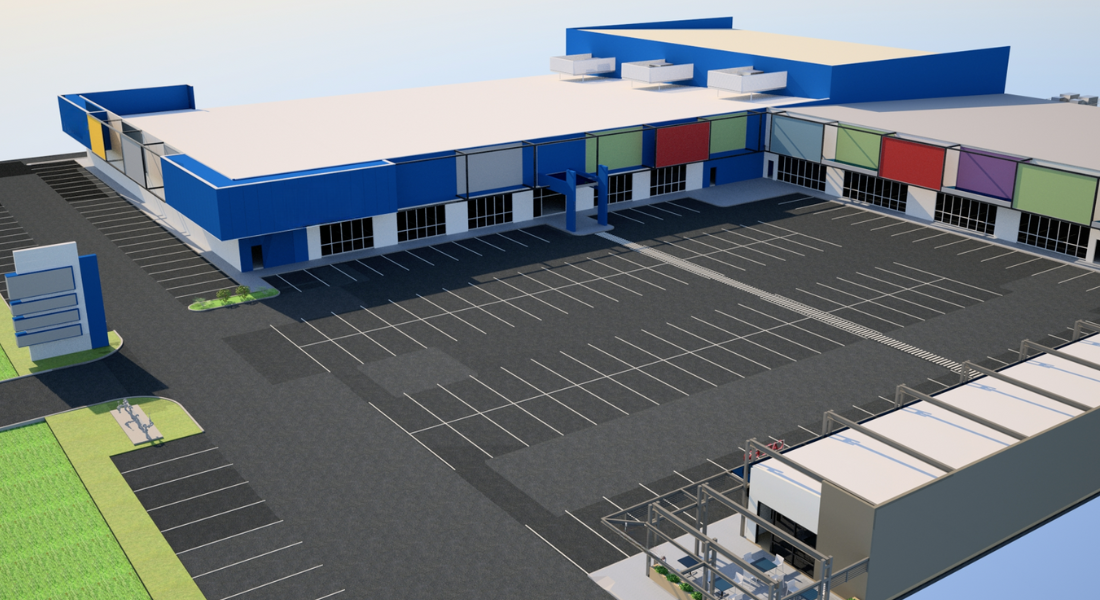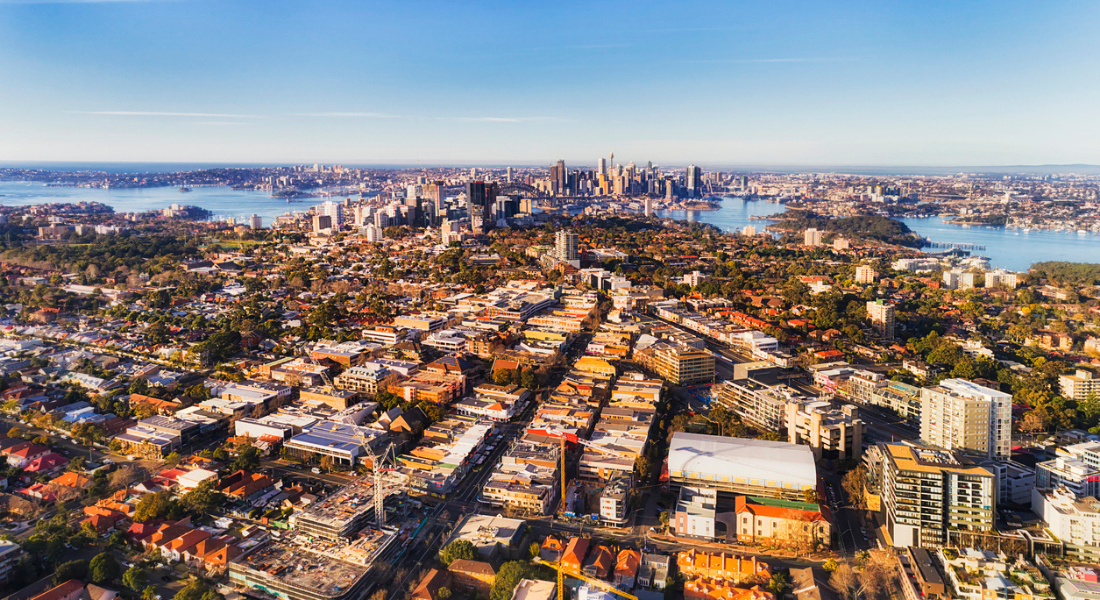NZ National Planning Standards Making It Easier for LFR Growth

New Zealand’s National Planning Standards (NPS) provide clarity, consistency and certainty in definitions and zone names. The NPS will guide planning authorities as they proceed to review their district plans over the next few years.
Since the New Zealand Government introduced its first set of NPS, minor changes have been made, with the most recent version dated November 2019.
It seeks to “improve the efficiency and effectiveness of the planning system by providing nationally consistent structure, format, definitions, noise and vibration metrics, and electronic functionality and accessibility for regional policy statements, regional plans, district plans and combined plans under the Resource Management Act 1991” [1].
This contrasts to neighbouring Australia where definitions and zones differ between each state and territory.
The NPS does not influence local policy or the substantive content of District Plans, which remains the responsibility of a territorial authority (City or District Council) to prepare.
There are 67 districts in New Zealand, meaning there are 67 District Plans. 67 different objectives and sets of rules.
Large Format Retail in the National Planning Standards
The NPS includes a District Plan Structure Standard, outlining a mandatory template which all district plans in New Zealand must comply.
One of mandatory directions is that district plans must only contain zones listed in the NPS. The NPS identifies several commercial zones which could potentially accommodate LFR activities, including a Large Format Retail Zone, which is defined as “Areas used predominantly for commercial activities which require large floor or yard areas” [2].
While territorial authorities decide whether to include this zoning in their district plans and, if so, in what form, this provides a useful starting point for land use planning, particularly for existing Large Format Retail centres.
Unlike Australian state and territory planning laws, the Large Format Retail Zone definition does not outline the merchandise types or categories of stores. Instead it focuses on floor space area.
There is no minimum floor space area set in the definition, however there is a general consensus of the minimum being approximately 400 – 500 square metres for Large Format Retail stores, depending on the economic circumstances of each city or district in which it is located.
Large Format Retail can also operate in the Metropolitan Centre Zone, where mixed-use is encouraged and opportunities for growth and intensification are identified.
The Metropolitan Centre Zone is defined as “Areas used predominantly for a broad range of commercial, community, recreational and residential activities. The zone is a focal point for sub-regional urban catchments” [3].
This zone is designed specifically to create metropolitan hubs across New Zealand cities. These metropolitan hubs are locations of community interaction and commercial growth and development, often with access to major transport corridors and public transport.
Planning for Large Format Retail
In New Zealand, proposals for new Large Format Retail stores are individually assessed by the relevant territorial authority based on its District Plan.
It is expected that territorial authorities with established Large Format Retail stores and centres will introduce Large Format Retail-specific zones for urban centres when Councils update or review their District Plans.
Large Format Retail developments also prompt the need for some form of resource consent from its relevant territorial authority, with all applications needing to be carefully formulated and managed through the planning process.
Applications can be processed without notification or on a limited or full public notification basis. This introduces potential timing risks or delays which need to be factored into project planning.
It is recommended that Large Format Retailers should seek professional planning advice on their proposals because of the variable provisions across the various District Plans.
Comparing to Australian Large Format Retail zones
Unlike New Zealand, Australia does not have a National Planning Standard. Instead, each state and territory has its own set of definitions and zones, meaning there is no consistency across the nation.
Large Format Retail can trade in multiple zones in New Zealand, contributing to growing its footprint and meeting shoppers’ needs and demands.
However, in New South Wales, which arguably has the most restrictive zoning laws for Large Format Retailers in Australia, Large Format Retail stores can only operate in one zone in NSW, Zone B5 – Business Development.
For years industry stakeholders have recommended to the NSW Government that Large Format Retail should also be permitted in Zone B6 Enterprise Corridor, Zone B7 Business Park, Zone IN1 General Industrial and Zone IN2 Light Industrial zones.
If NSW allows Large Format Retail to operate in multiple zones and/or if Australia shifts towards a National Planning Standard with consistent definitions and zones across the country, like New Zealand, it will unlock billions of dollars of potential investment into the Large Format Retail sector and wider economy.
[1] Ministry for the Environment (2019) National Planning Standards, accessed at https://www.mfe.govt.nz/sites/default/files/media/RMA/national-planning-standards-november-2019.pdf, page 5.
[2] Ministry for the Environment (2019) National Planning Standards, accessed at https://www.mfe.govt.nz/sites/default/files/media/RMA/national-planning-standards-november-2019.pdf, page 37.
[3] Ministry for the Environment (2019) National Planning Standards, accessed at https://www.mfe.govt.nz/sites/default/files/media/RMA/national-planning-standards-november-2019.pdf, page 37.




